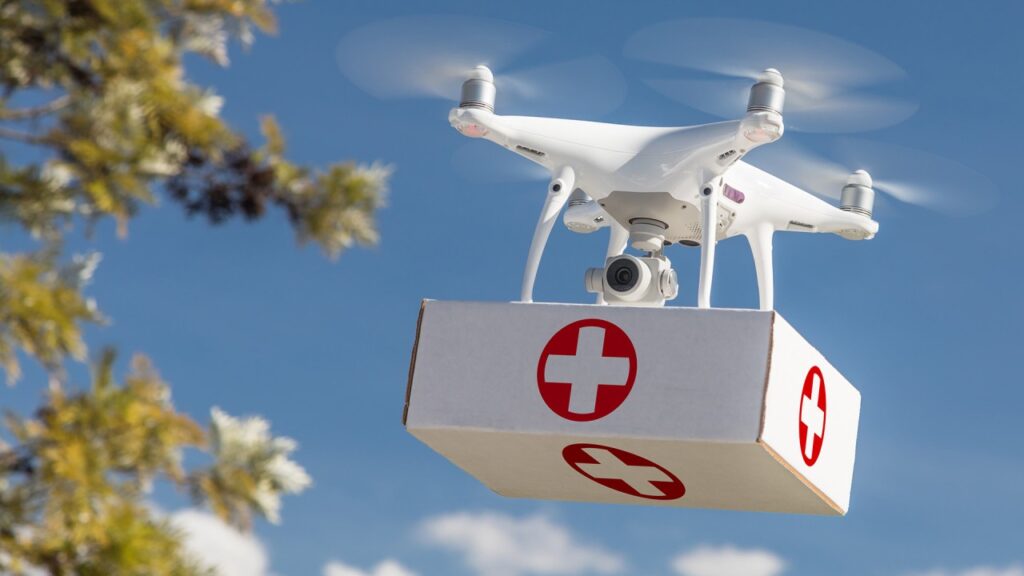The Role of Technology in Enhancing Humanitarian Aid
Technology has transformed many industries, from transportation to healthcare. The humanitarian sector has also embraced innovation, using technology to enhance aid delivery and connect donors with relief efforts globally. As humanitarian crises become more complex and frequent, technology is enabling more targeted, accountable, and efficient humanitarian action.
Improving Needs Assessments and Aid Delivery
Needs assessments are critical to understand where and what type of aid is needed during a crisis. Drones equipped with cameras and sensors, high-resolution satellite imagery and artificial intelligence can quickly analyze landscape damage, infrastructure status and population movements to identify priority areas for aid. Digital data gathering via SMS surveys also provides granular real-time information on specific needs and vulnerabilities of affected groups.
With enhanced data, field teams can better deliver supplies and services in a timely manner. Technology further coordinates logistics, allowing aid supplies to reach even extremely remote areas via optimal transport routes. It also verifies deliveries through SMS confirmation codes and GPS tags, reducing fraud and waste.
Streamlining Administration and Reporting

Source: linkedin.com
Coordinating large multi-agency relief operations generates substantial registration data, distribution figures and paperwork. Database systems integrated with things like biometric identification cards, fingerprints, iris scans and mobile devices allow for systematic registrations and distributions while minimizing errors and fraud.
Digital ID cards also give refugees secure access to cash-based assistance. Technology further eases donor reporting by combining figures on aid disbursements, feedback, and impact. Built-in analytics offer insights to improve programs and operations. With faster accounting and monitoring, agencies can then devote more resources directly to relief delivery.
Connecting Donors, Volunteers and Recipients
Today’s globally connected society is bringing donors and volunteers closer to aid recipients. According to the good folk at disaster relief organization BBF Global Relief, social media drives rapid surges in relief donations during disasters by widely broadcasting specific needs and fundraising campaigns.
Platforms allow individuals to donate instantly via mobile payments and then receive SMS updates on how their contributions are benefitting victims. Aid agencies are also providing localized information to donors on how supplies and cash transfers help recipients rebuild their lives and livelihoods. Such connectivity promotes greater empathy between donors and communities affected by crises.
Enabling Volunteer Networks

Source: awarenessdays.com
Spontaneous volunteer networks have proliferated around high-profile disasters. Technology helps coordinate these efforts for optimal impact. Skilled volunteering platforms match available responders to priority needs identified by aid agencies, be it medical professionals, engineers, data analysts, translators or community mobilizers.
Chatbots and automated helplines harness machine learning to answer common donor and volunteering queries, freeing staff to focus on complex issues. Social media further recruits spontaneous volunteers and routes them to priority areas. Through enhanced coordination, volunteer responders and networks can significantly amplify aid efforts.
Challenges

Source: vox.com
While promising, barriers to skills, investment and data exist when it comes to leveraging technology. Aid workers in remote areas often lack training and experience in using data analytics software, drones, biometrics, and digital systems. Startup and maintenance costs are also high. Furthermore, without data governance strategies in place, databases risk exposing vulnerable populations to identity theft or misuse of private details. Thoughtful protocols are vital.
Conclusion
As humanitarian crises intensify in frequency and complexity globally, the development sector cannot rely solely on conventional manual systems and processes. Advanced data analytics, biometrics, digital ID cards, cash transfers, drones and satellites are already fundamentally impacting how agencies assess, deliver, monitor and account for aid.
Still a work in progress, the continued adoption of emerging technology combined with employee training in humanitarian technology will bolster transparency, efficiency, and community resilience well into the future. With thoughtful implementation, technological innovation offers immense hope for enhancing humanitarian preparedness and response worldwide.



















